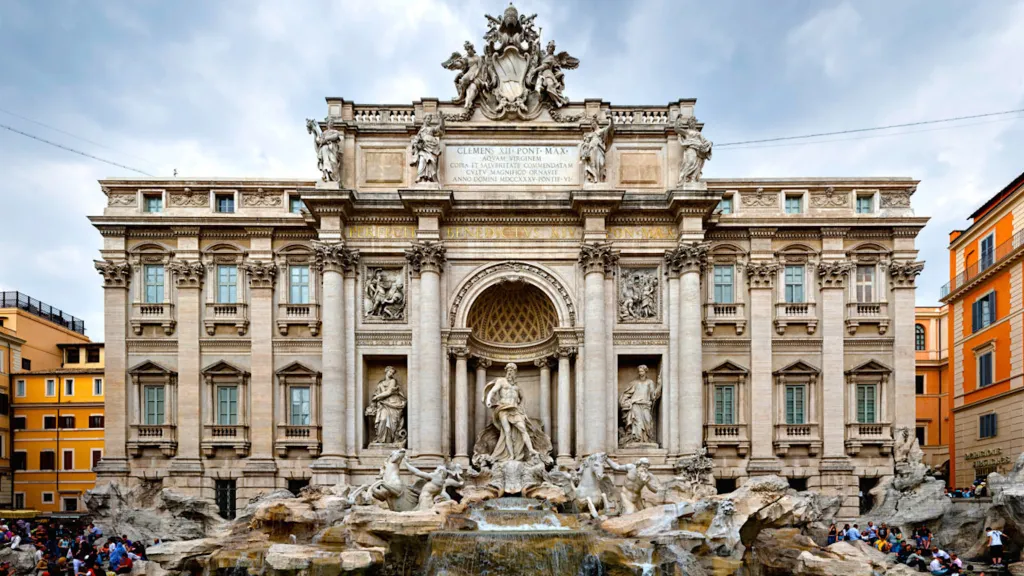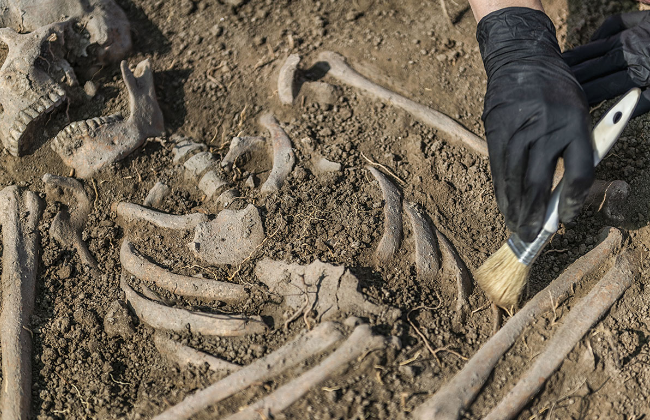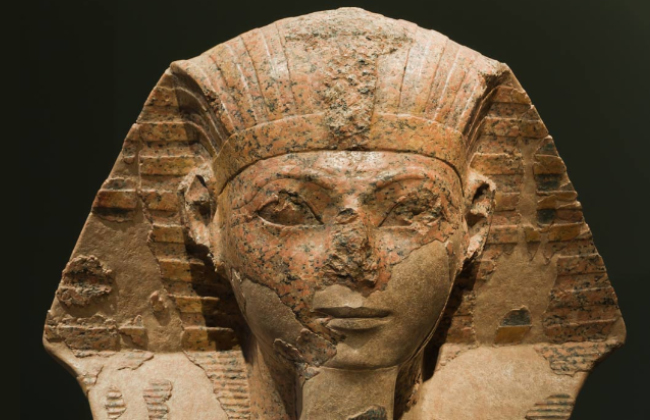Archaeological conservation and preservation refer to the various techniques and methods used to protect and maintain archaeological artifacts and sites. These techniques are used to prevent the decay, damage, and destruction of historical and cultural heritage. Archaeological conservation and preservation are essential to protect the past and ensure that future generations have access to this heritage.
The main goal of archaeological conservation and preservation is to preserve the original form, materials, and structure of archaeological artifacts and sites. This requires a deep understanding of the materials and techniques used in the construction of the artifacts, as well as the environmental conditions that affect their preservation. In this article, we will discuss the various methods and techniques used in archaeological conservation and preservation.
Preventive Conservation
Preventive conservation refers to the various measures taken to prevent the deterioration and damage of archaeological artifacts and sites. This includes controlling the environment, such as temperature and humidity, to prevent corrosion, decay, and mold growth. It also involves controlling access to the site and limiting exposure to light, heat, and air pollution. Additionally, preventive conservation involves implementing proper storage, handling, and transportation techniques for archaeological artifacts.
Documentation
Documentation is an essential aspect of archaeological conservation and preservation. This includes recording the history, materials, and condition of artifacts and sites through written and visual documentation. It also involves creating detailed records of the conservation and preservation techniques used to protect the artifacts and sites. This documentation allows future generations to understand the history and context of the artifacts and sites and provides a record of the conservation and preservation efforts.
Conservation Treatments
Conservation treatments refer to the various techniques used to stabilize and restore archaeological artifacts and sites. These treatments vary depending on the type of artifact and the materials used in its construction. The goal of conservation treatments is to stabilize and prevent further deterioration of the artifact while preserving its original appearance and structure.
One common conservation treatment is cleaning. This involves removing dirt, dust, and other debris from the surface of the artifact using various techniques, such as brushing or washing with water and mild detergents. Another conservation treatment is stabilization, which involves using materials to strengthen and support the artifact, such as adhesives or fillers. These materials are carefully selected to match the original materials used in the construction of the artifact.
Preservation Strategies for Archaeological Sites
Archaeological sites are often complex and require careful planning and management to ensure their preservation. Preservation strategies for archaeological sites involve balancing the need for conservation with the need for access and interpretation. One common strategy is to limit the number of visitors to the site and provide guided tours to prevent damage and erosion caused by uncontrolled access.
Another strategy is to use protective structures, such as shelters or covers, to protect archaeological sites from weathering and erosion. These structures can also provide a controlled environment to prevent further decay and damage to the site. Additionally, preservation strategies may involve burying the site to protect it from exposure to the elements or development.
Conclusion
Archaeological conservation and preservation are essential to protect and preserve our cultural heritage for future generations. Preventive conservation, documentation, and conservation.
![]()





